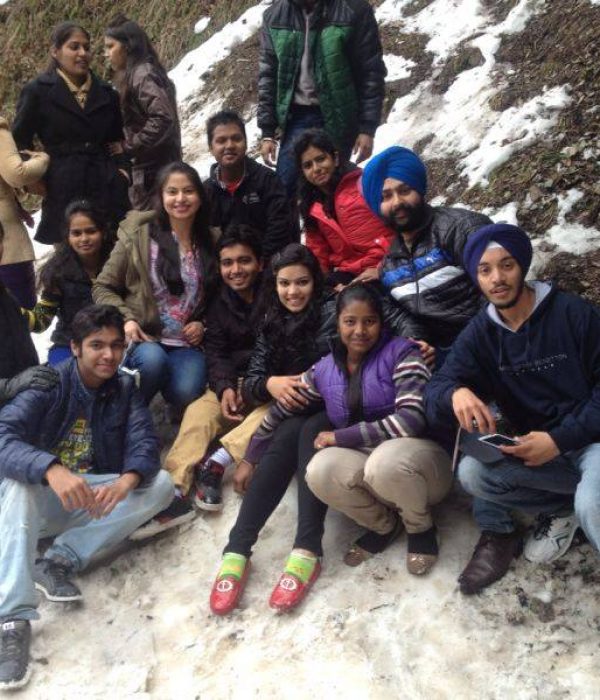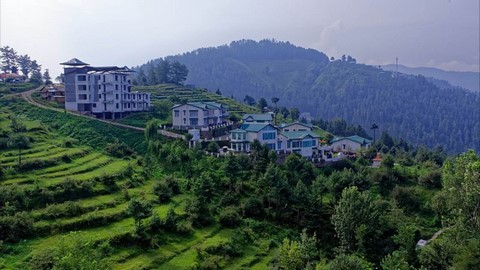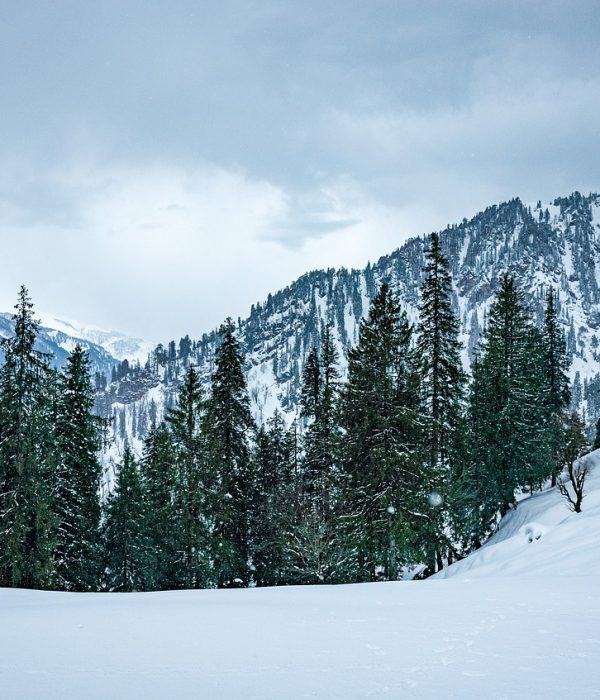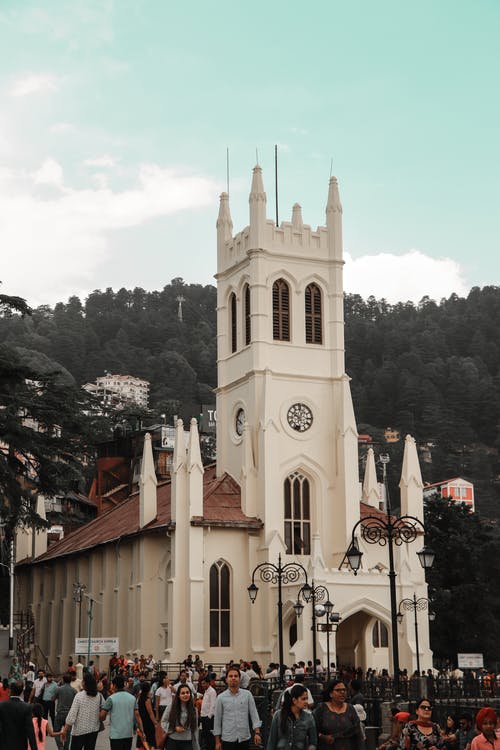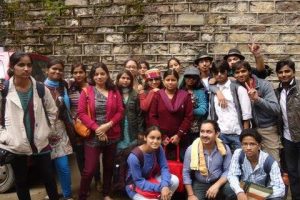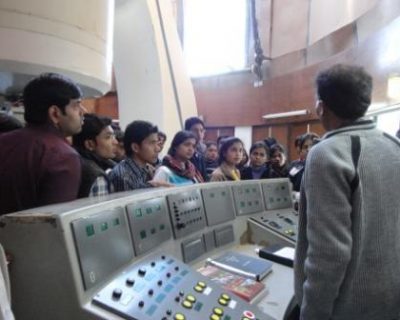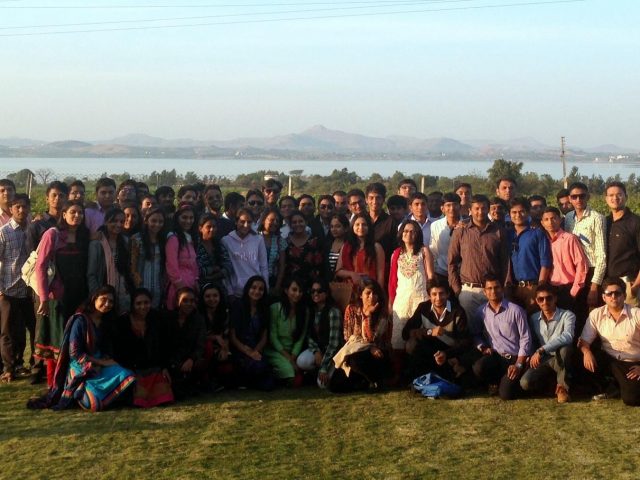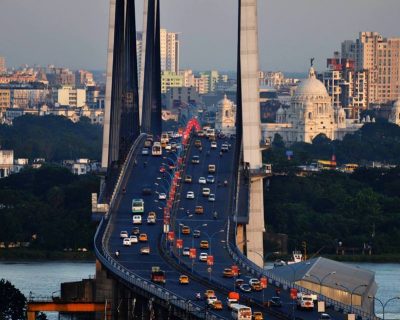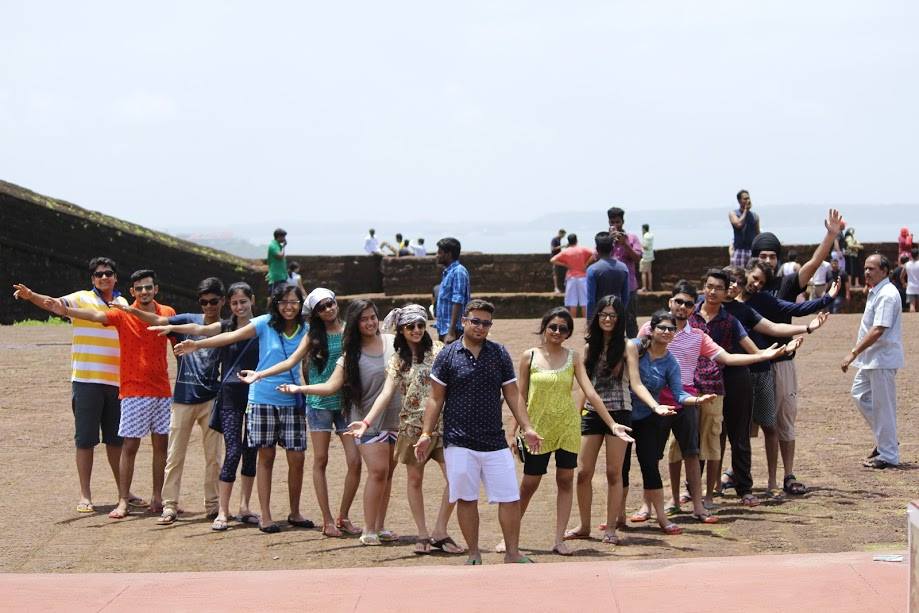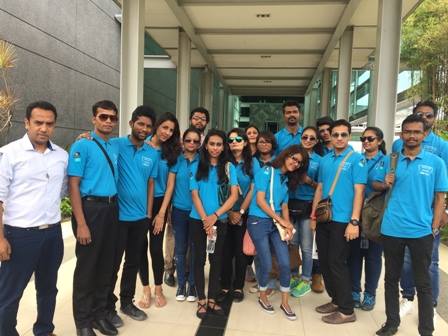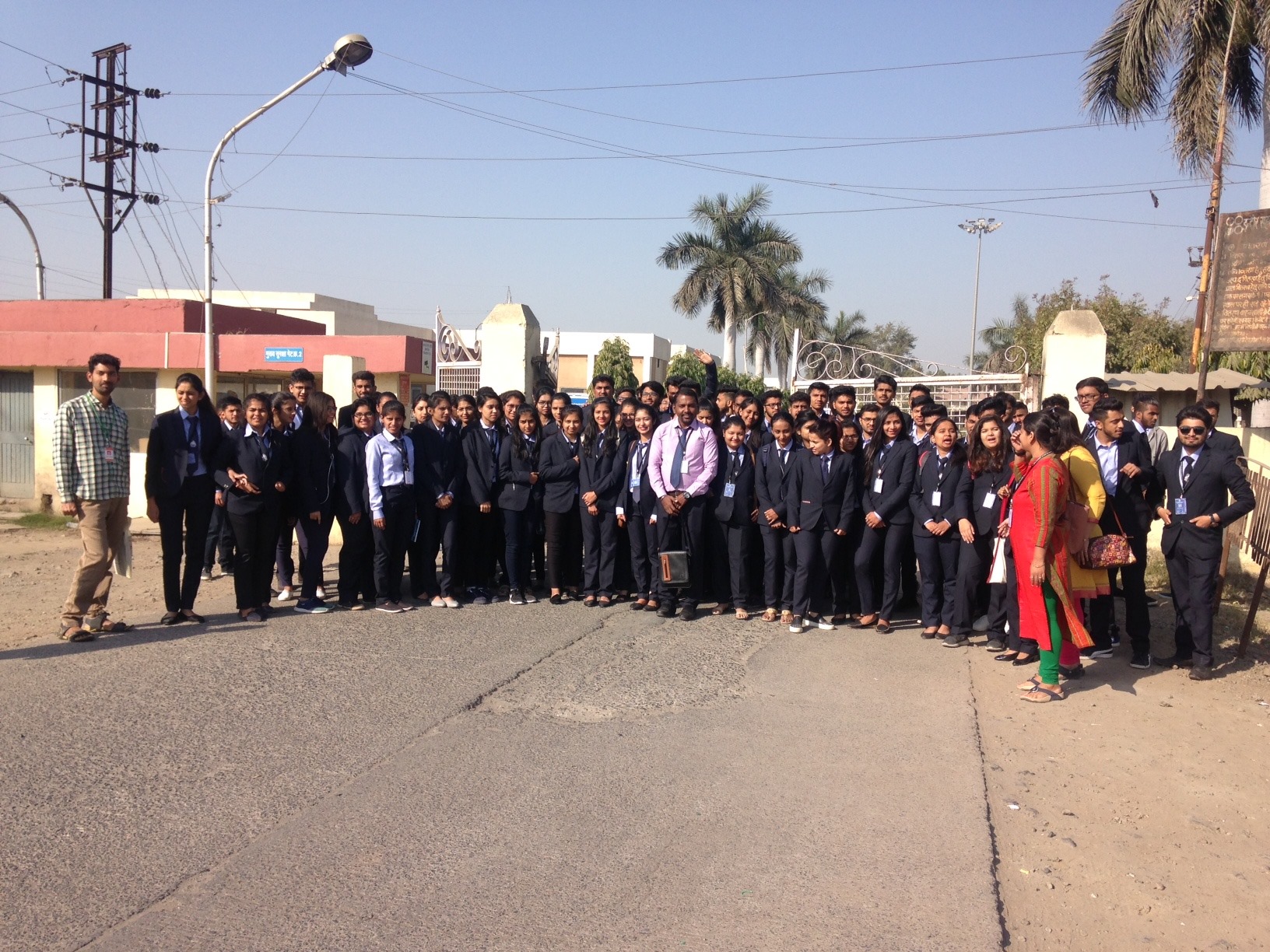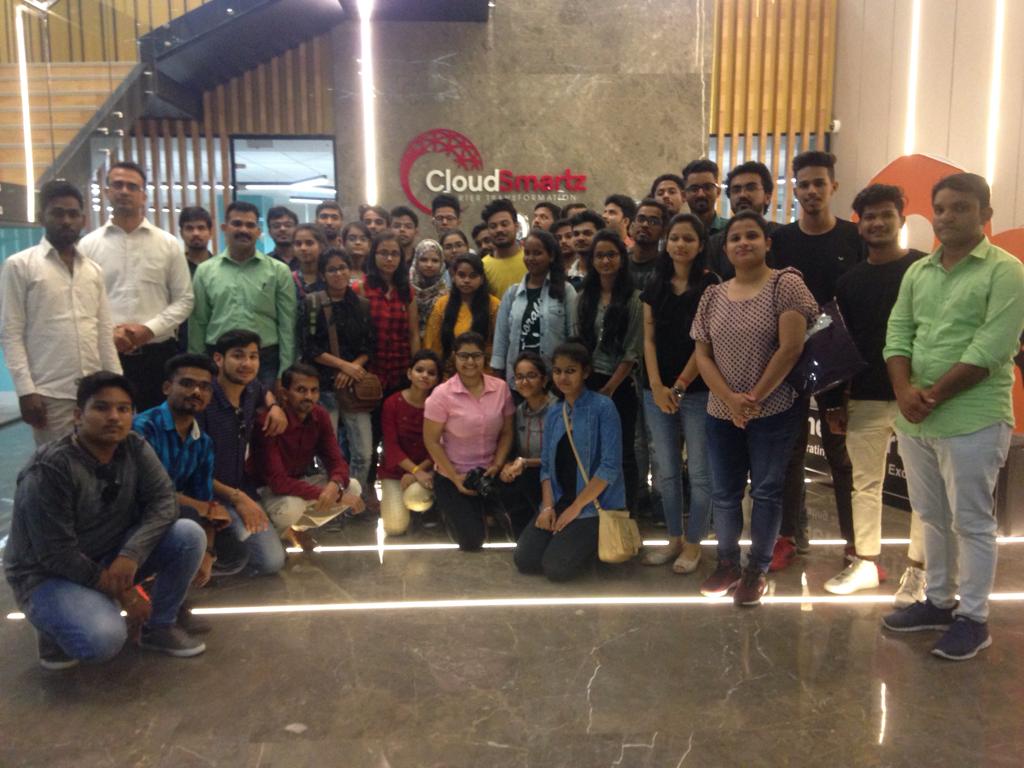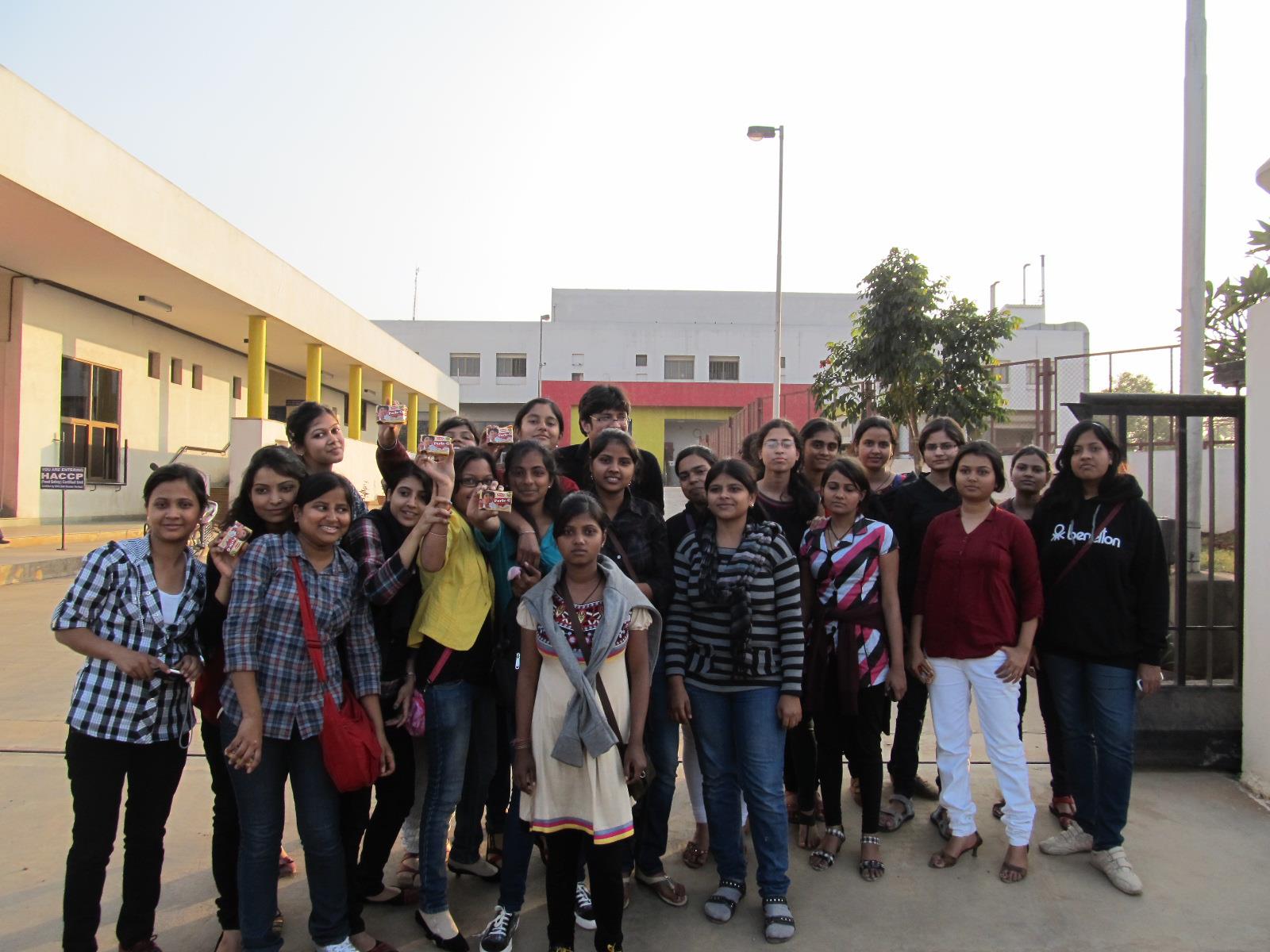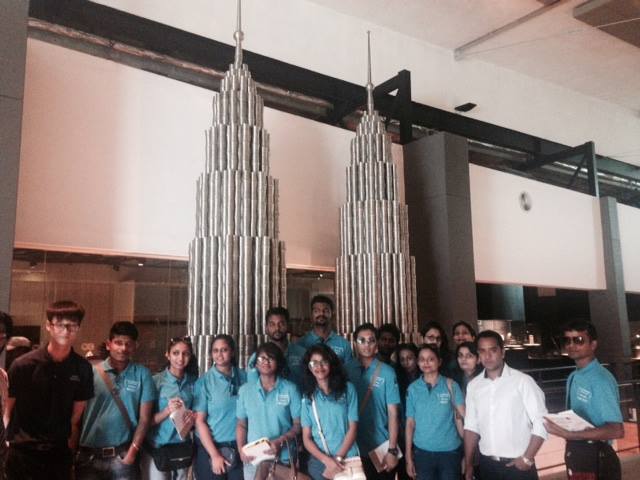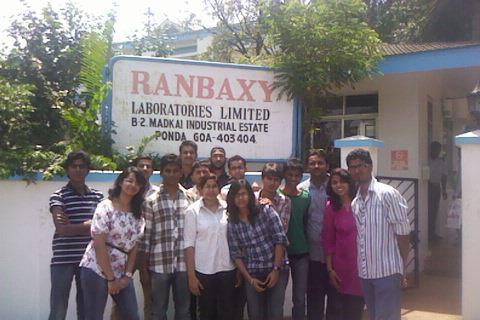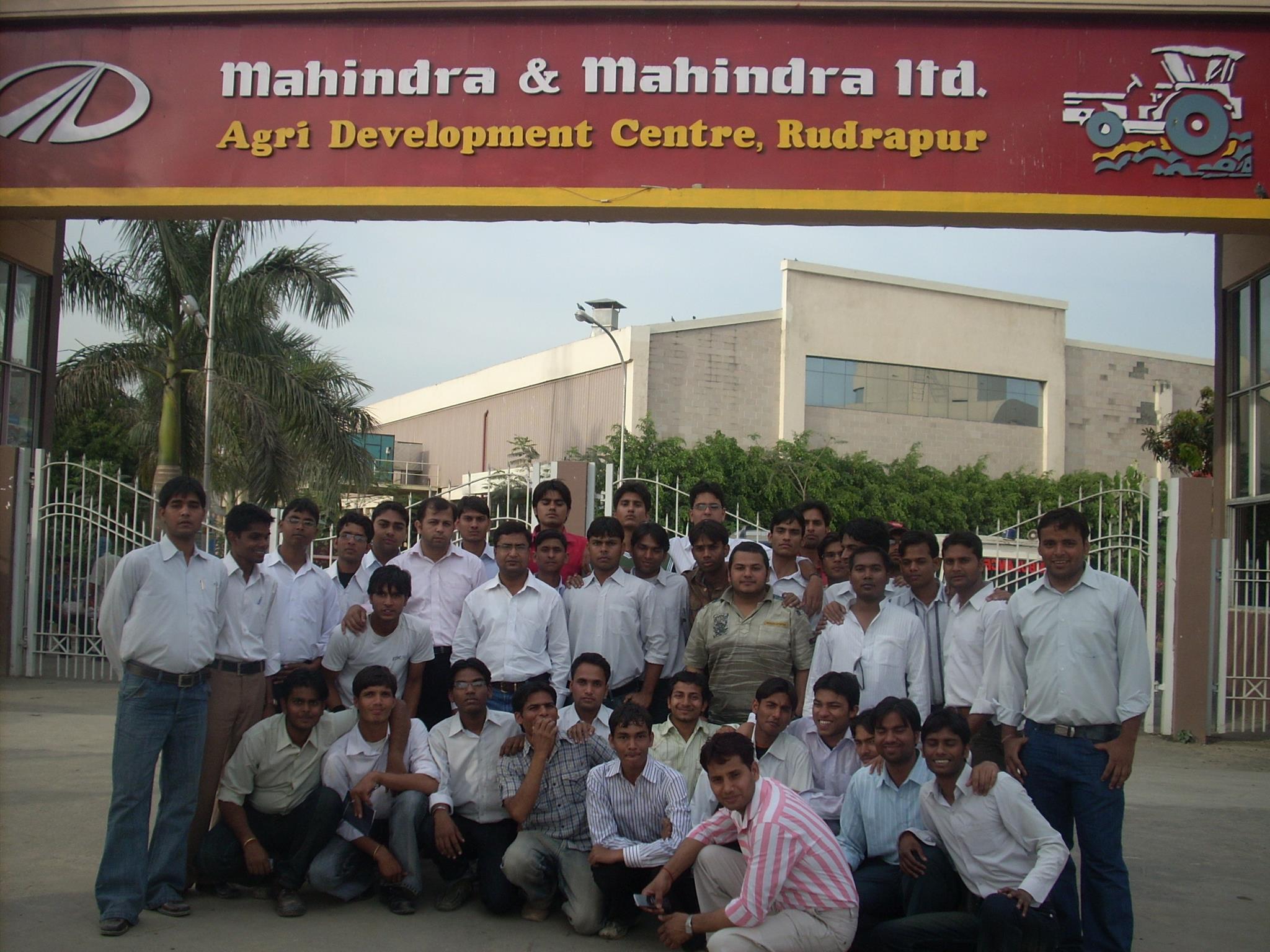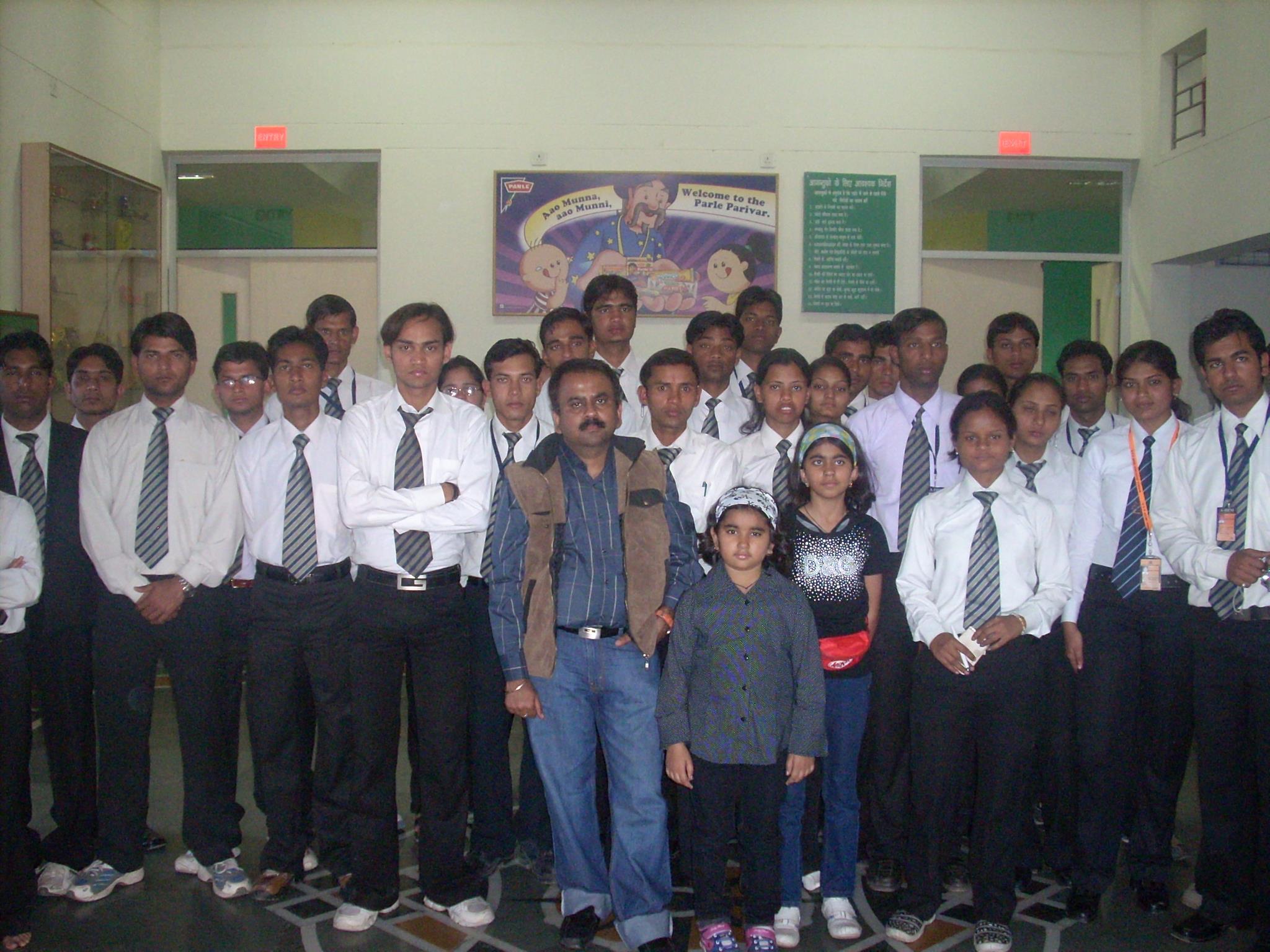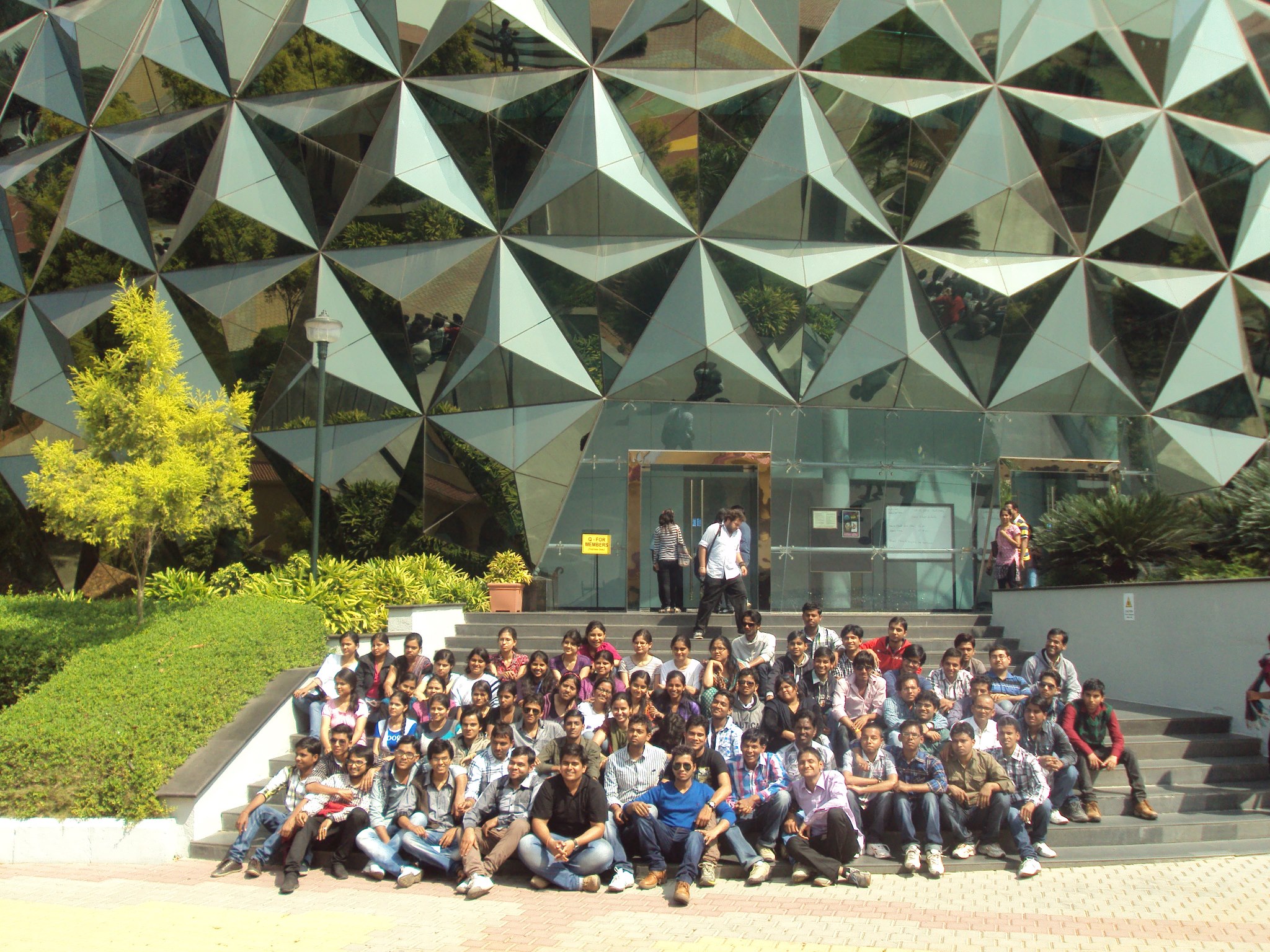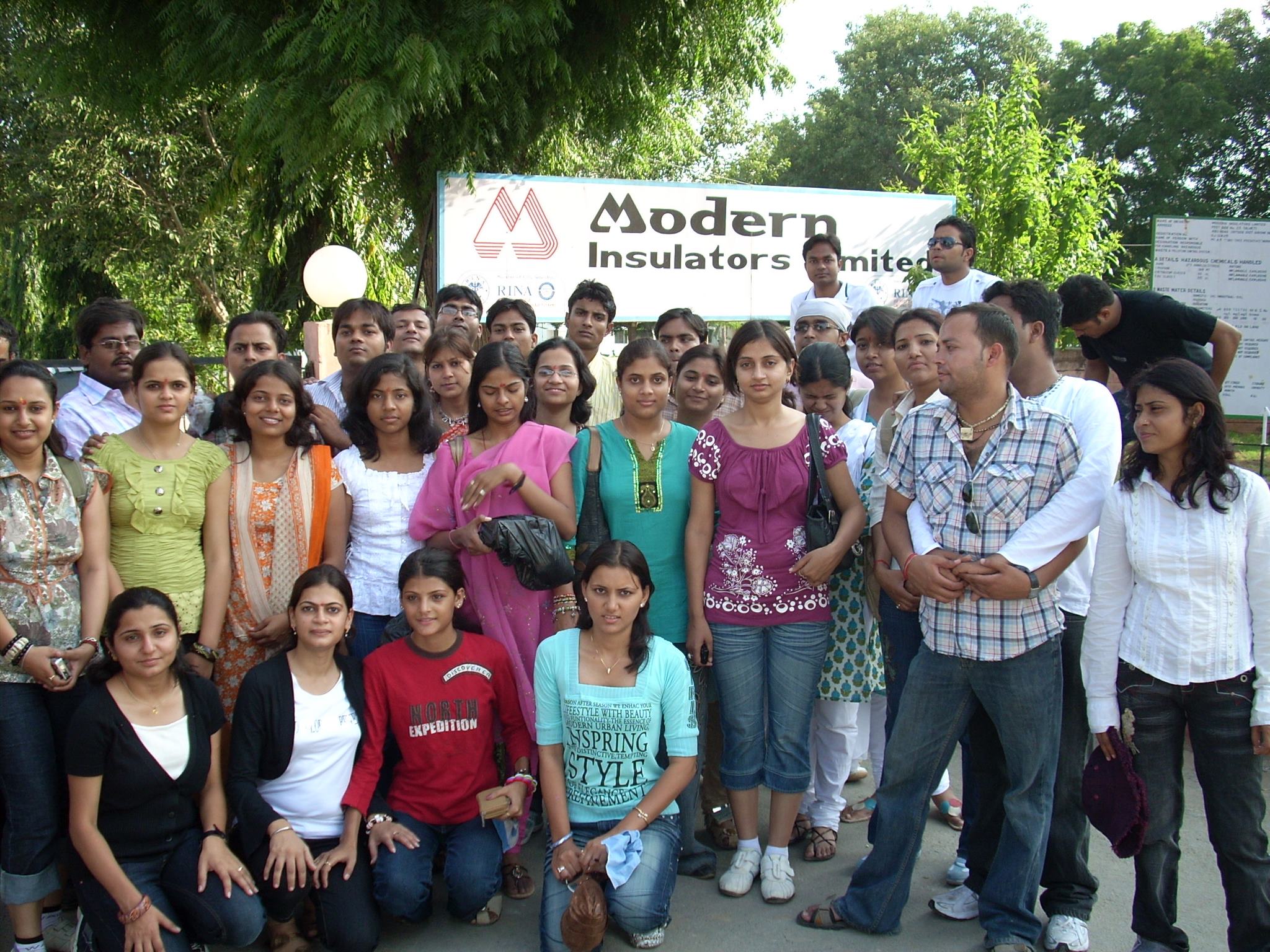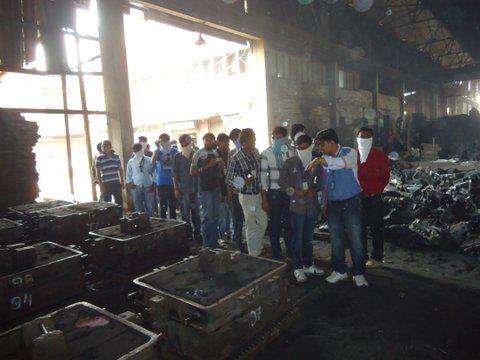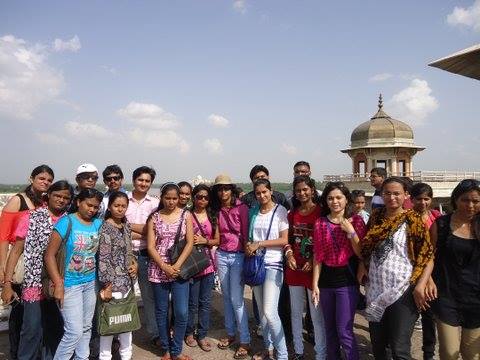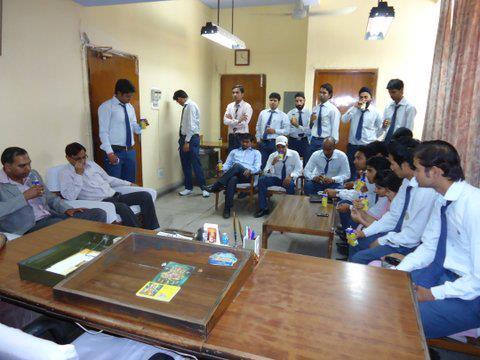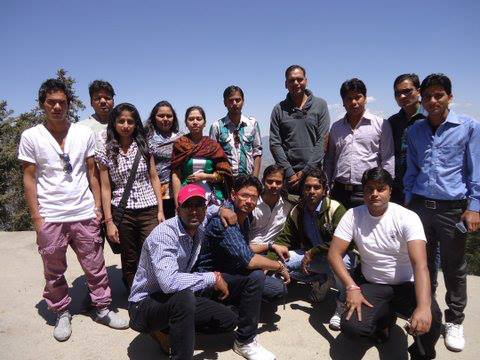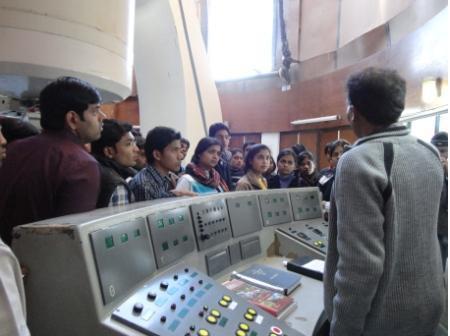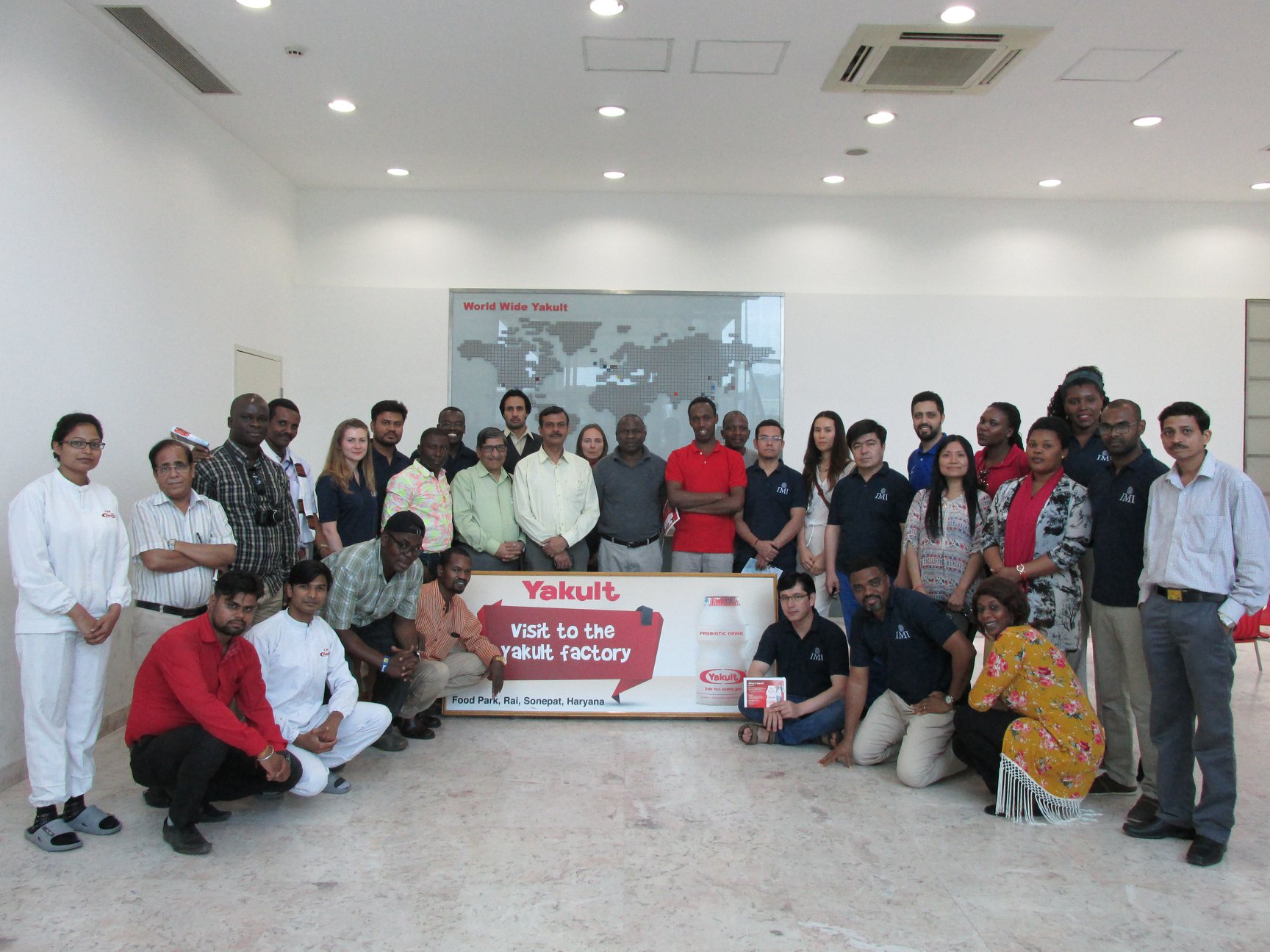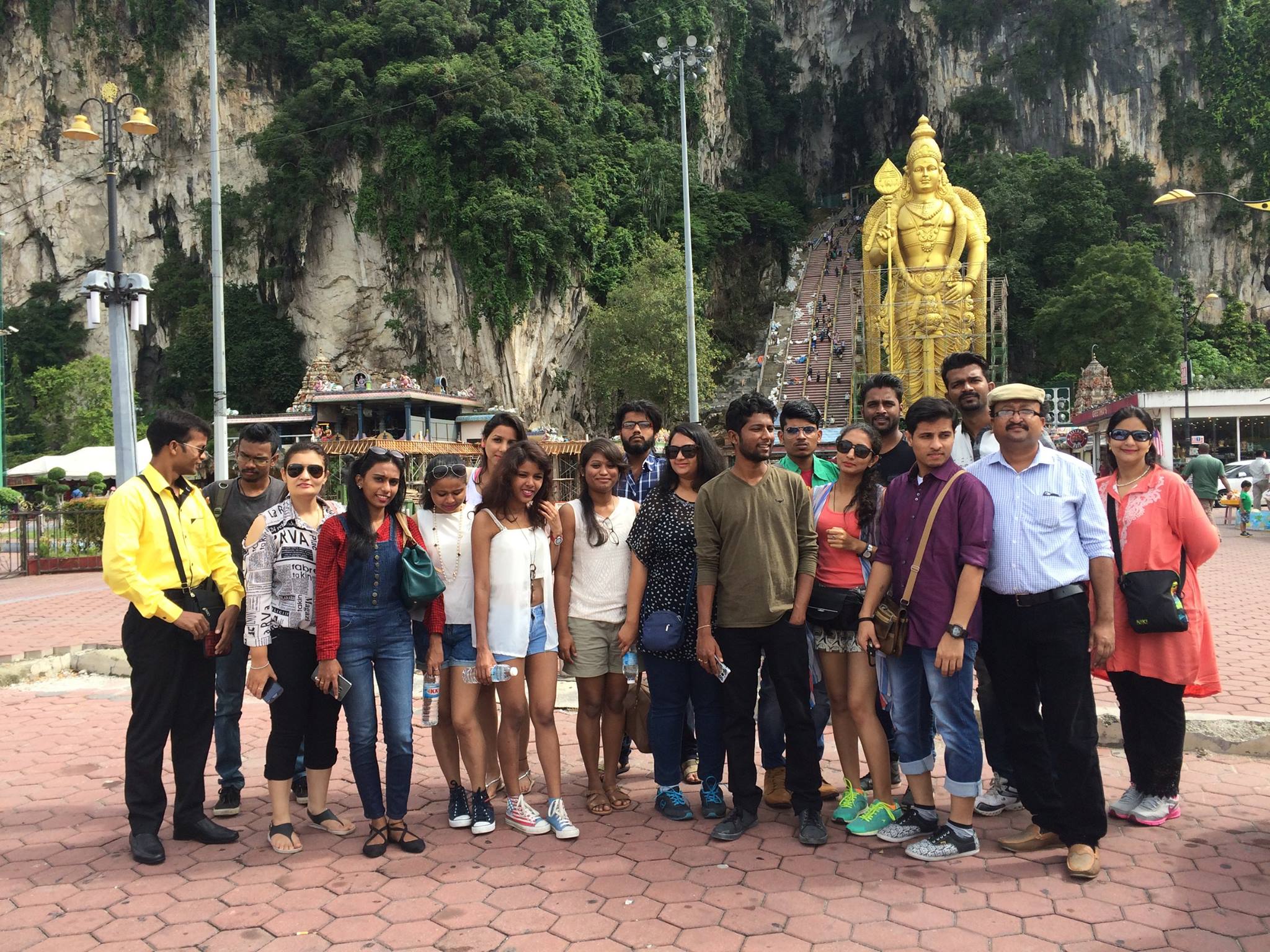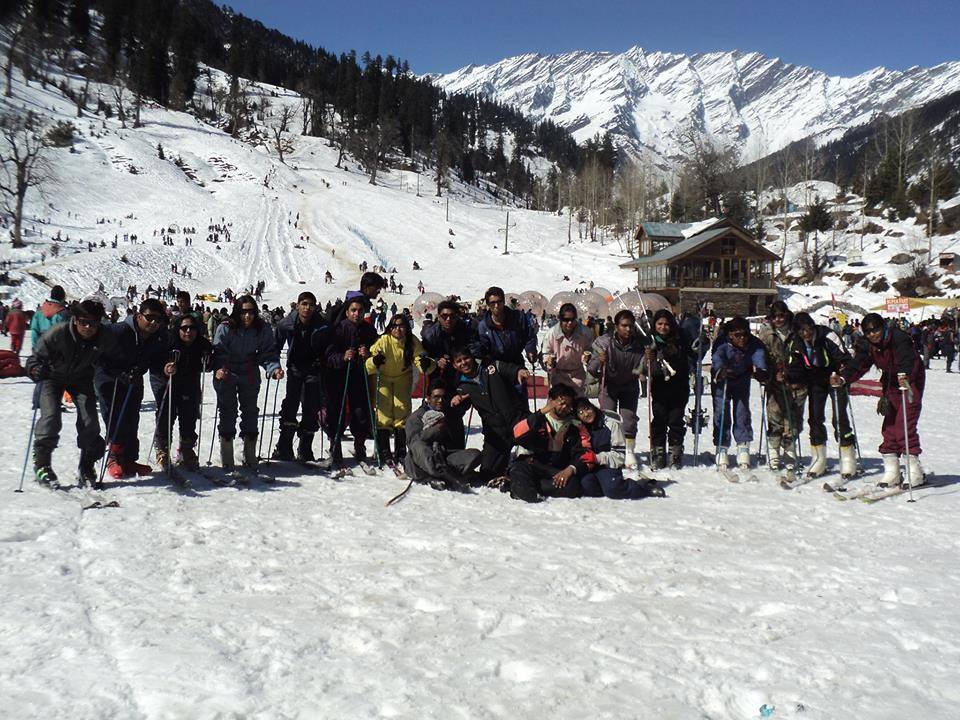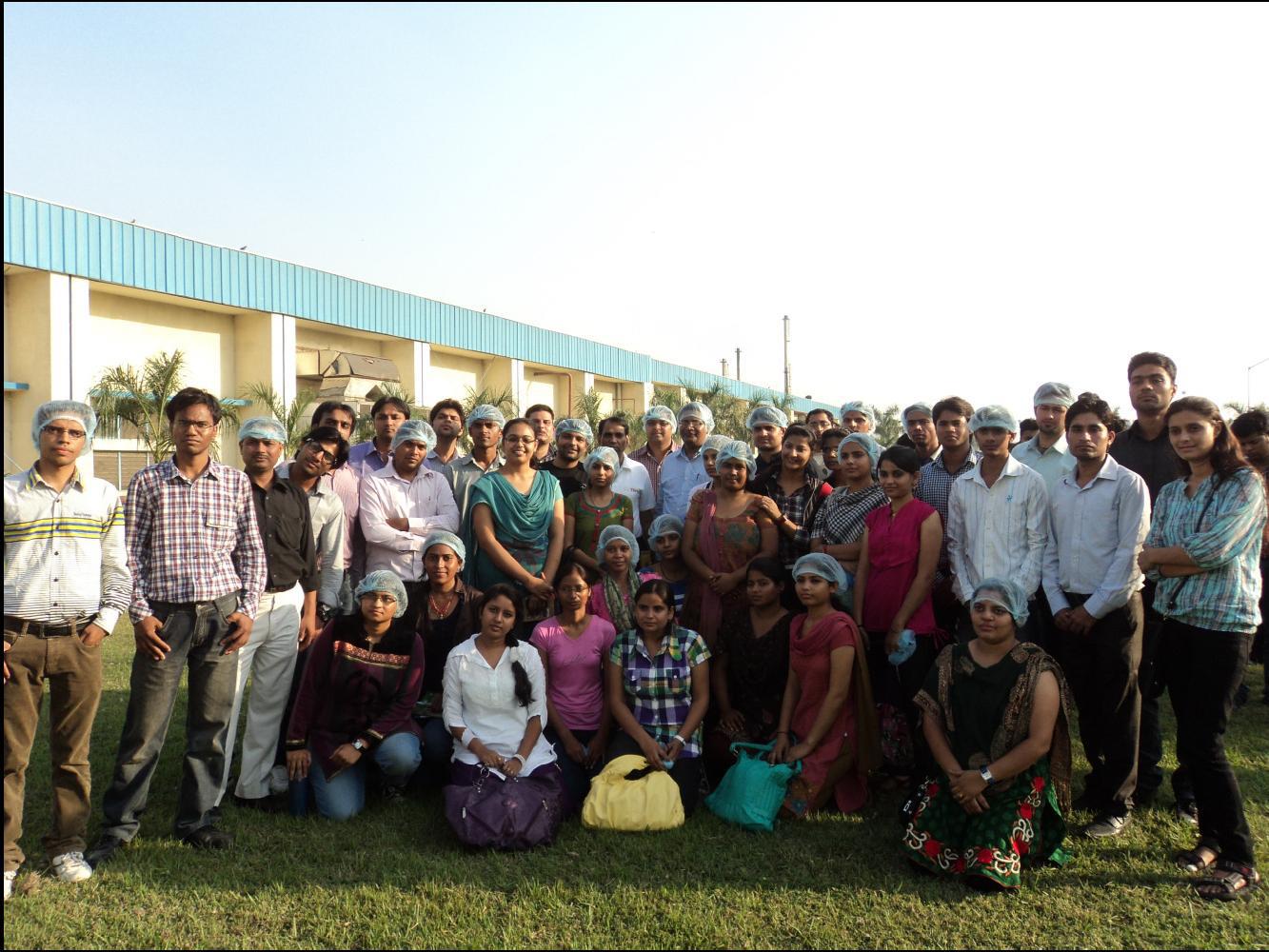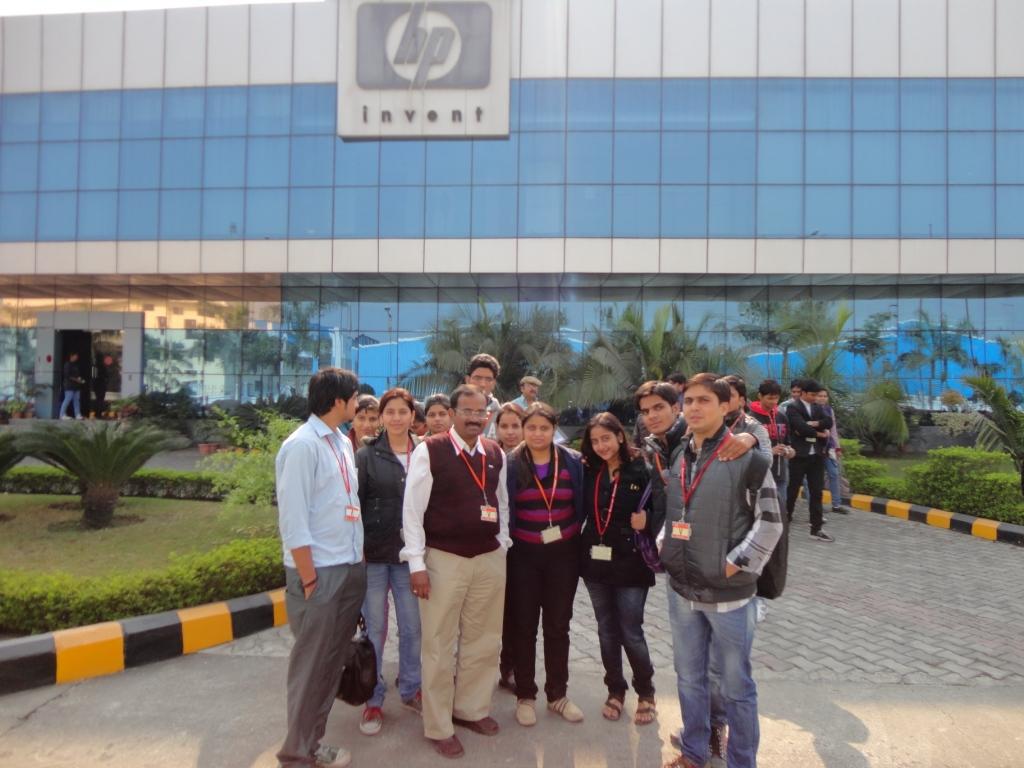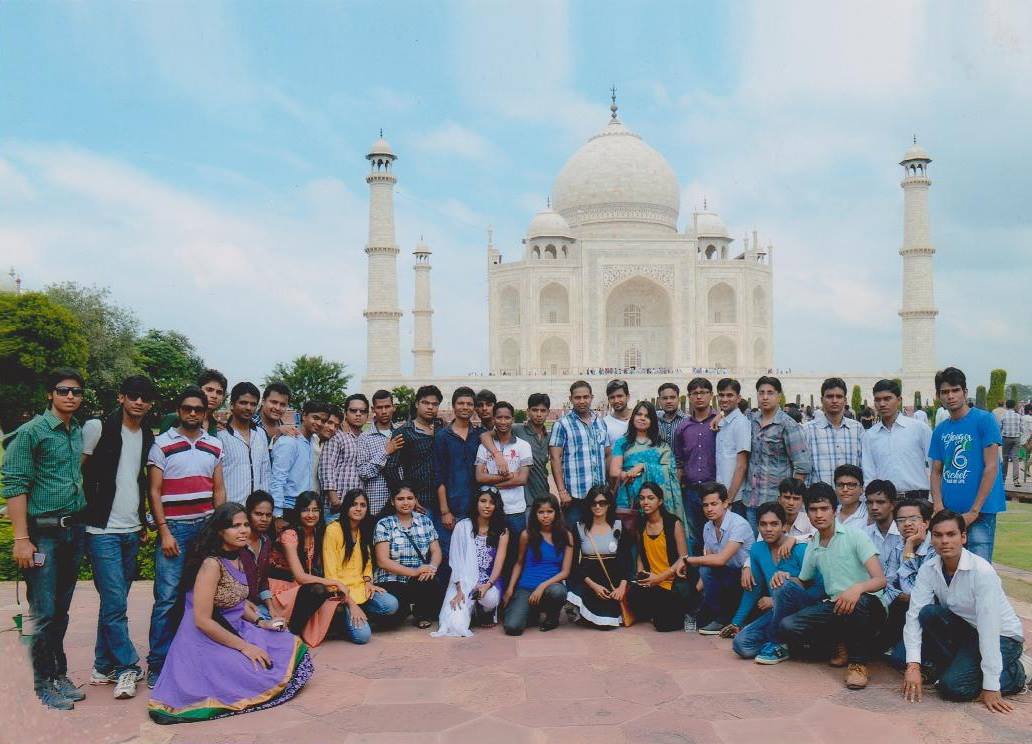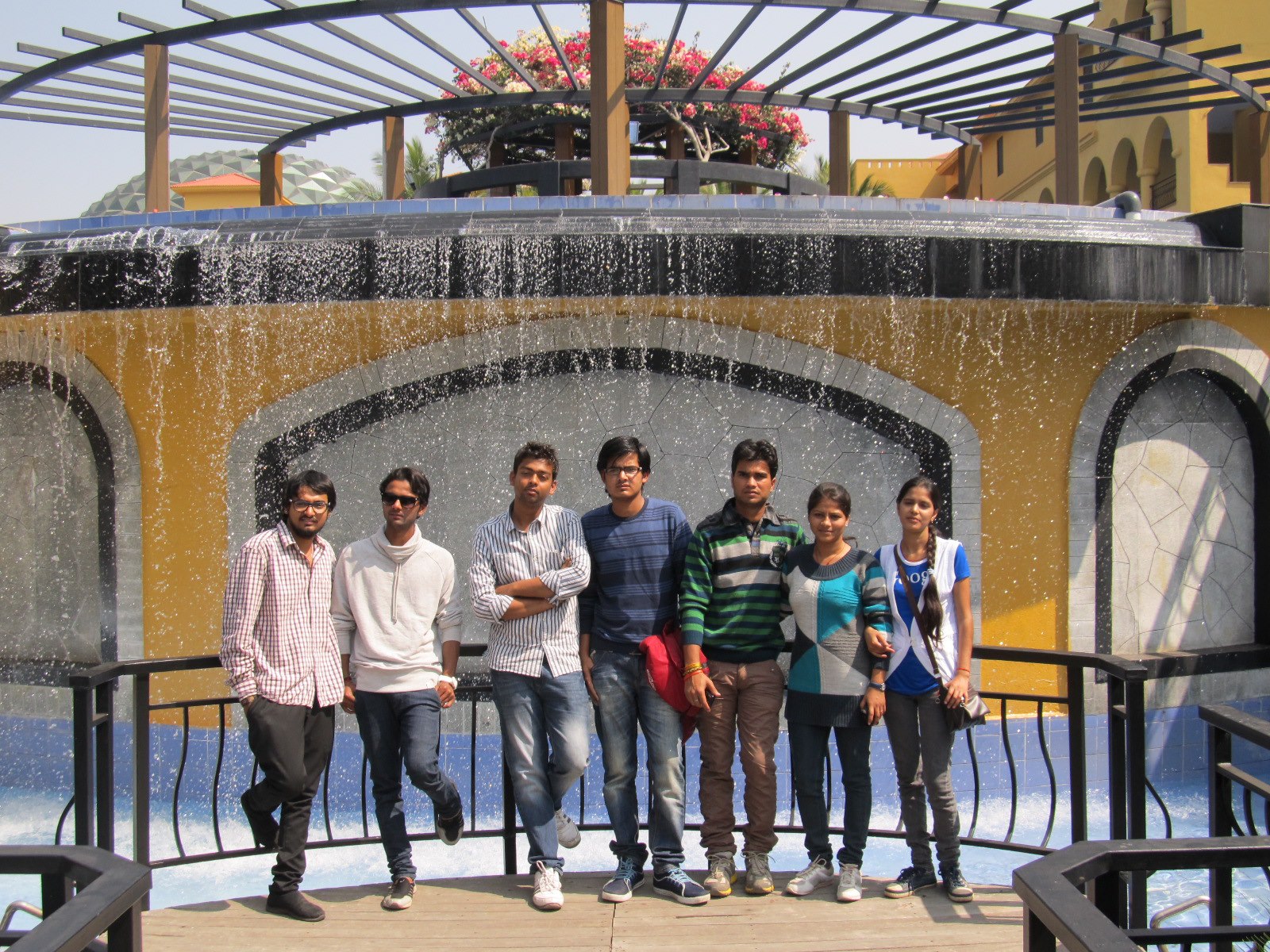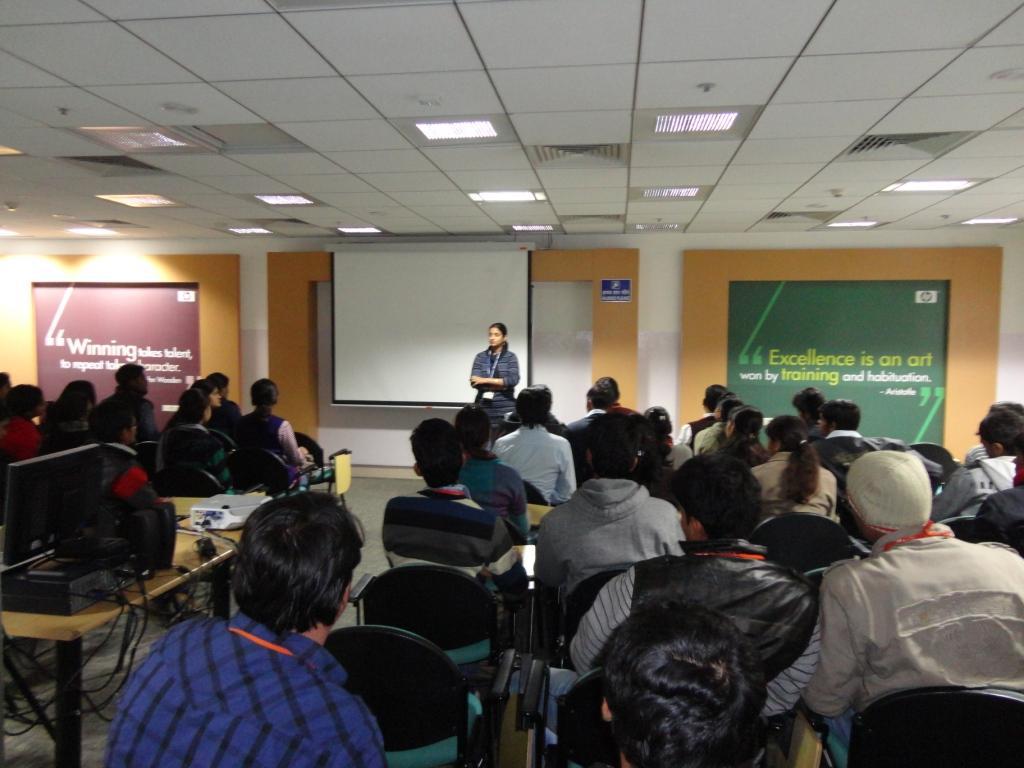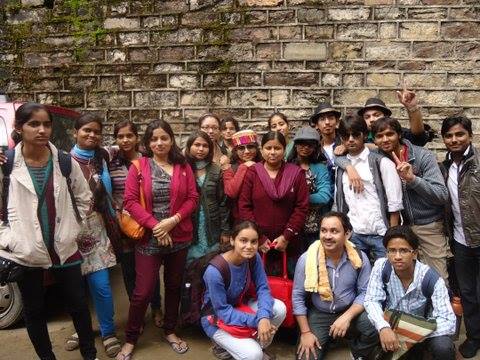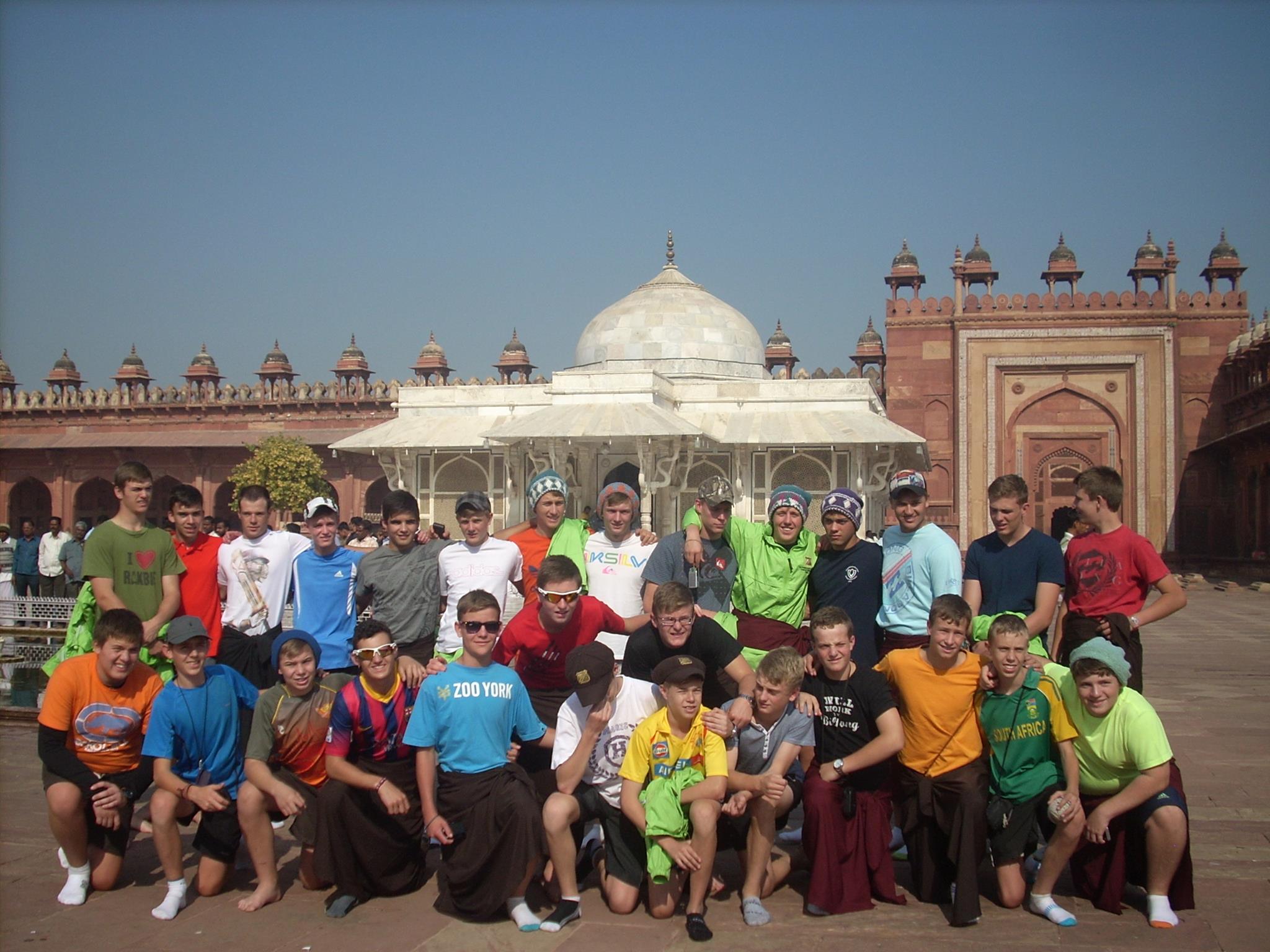Shimla – The former summer capital of the British in India and now the capital of the state of Himachal Pradesh, Shimla is blessed with every conceivable natural blessing. It is in a picturesque location surrounded by green hills with snow-capped peaks.
It is bordered by Mandi and Kulu to the north, Kinnaura to the east, Uttaranchal to the south and Sirmmaur to the west. The height of this area ranges from 300 to 6000 meters. The topology of this area is rough and rough.
The Shimla region takes its name from the city of Shimla, which was once a small town. The Shimla region in its present form was created as a result of the reorganization of the province on September 1, 1972.
The history of Shimla dates back to the Anglo-Gurkha Wars in the early 19th century. Severely defeated at Sikh hands in 1804 at the Battle of Kangra, a hill fort about 60 miles from Shimla, the Gurkhas lost thousands of people in the battle and many others from disease. This began to devastate the country and hills surrounding Shimla.
The Gurkhas built many fortresses around Shimla. One of these fortresses, the Jagatgarh Fortress, was the home of the famous military town of present-day Jutog, adjacent to Shimla. By 1808 the invaders had seized all the fortified posts between Jamuna and Satuj, and from their capital, Arki began ruthless rule over the neighboring mountainous country, and finally the unfortunate turned to the British for help. A small British army, commanded by Major “Sir David Octeroni”, was sent to liberate the Highlanders from Gurkha. Most of the huts responded to the call and joined the British Army.
Rivals battled fiercely at Fort Ramgarh at 3,750 feet in Nalagarh. The decisive battle took place at Fort Malaon, where the British superior artillery overwhelms the enemy. The Battle of Malone on May 15, 1815 put an end to Gurkha’s long-term domination of the land. A few days later, an official statement was issued stating that all the leaders who had joined the British in exile of the Gurkhas and their lands had been protected by the British. The Maharaja of Patiala, who also provided valuable services to England, was given land adjacent to the area that now includes Shimla.
After the defeat of Gurkha, they were forced to sign the “Pact of Sanjaul”. The company maintained strategic fortresses of Sabatu, Kotgarh, Ramgarh and Sandoch.
Shimla has been blessed with all of the herbal bounties, you’ll be able to suppose of. Dwelling on a breathtaking location, the hilly metropolis is surrounded with the aid of using inexperienced pastures and snow-capped peaks.
The astonishing cool hills followed with the aid of using the systems made at some point of the colonial generation create an aura, which may be very distinct from different hill stations. Bulging at its seams with remarkable expansion, Shimla keeps its colonial heritage, with grand antique buildings, amongst them are the stately Viceregal Lodge, Charming iron lamp posts and Anglo-Saxon names. The Mall, full of stores and eateries, is the centre of enchantment of the metropolis, and Scandal Point, related to the previous Maharaja of Patiala`s escapades, gives a view of remote snow clad peaks.
In 1946 leaders of the Indian nationalist motion got here to Shimla for a important convention that paved the manner to Independence.
The of of entirety of the Kalka-Shimla narrow-gauge railway line, in 1903, gave a fillip to the cities development. After Independence, Shimla turned into first of all the capital of Punjab. Following the advent of Himachal Pradesh, in 1966, it turned into particular the capital of the Himachal Pradesh.

